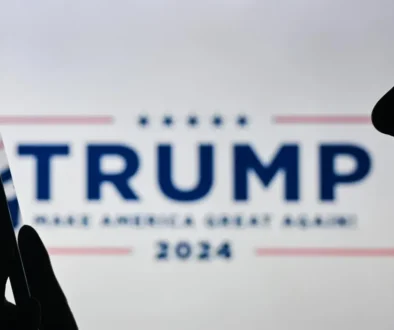10% of US workers are in jobs most exposed to artificial intelligence, White House says
- About 10% of US workers face high AI disruption risk, especially those with lower education and income levels.
- The White House analysis highlights AI’s potential to amplify inequality.
- The Council of Economic Advisers’ report emphasizes the need for policymakers to respond to AI’s impact on the workforce.
- Discussions are ongoing with labor unions to prepare for AI’s integration, particularly in service and manufacturing sectors.
- AI is expected to enhance productivity for some workers while potentially displacing others.
- White House economists identified 16 work activities with high AI exposure, affecting around 20% of workers.
- The complexity of a job correlates with its safety from AI displacement.
- 10% of workers have high AI exposure and low performance requirements, making them more vulnerable to displacement.
- Automation may change job tasks but not necessarily eliminate job roles entirely.
- Workers without four-year degrees and women are at higher risk of displacement due to AI.
- Lower-income workers face greater AI disruption risks, potentially exacerbating income inequality.
- The IMF warns that AI could worsen overall inequality if not addressed by policymakers. However, The White House states that it is too early to definitively say AI will worsen inequality.
- Policies are being considered to mitigate the risk of AI displacing workers and worsening inequality.
- The impact of AI on inequality is still uncertain and may influence future policy decisions.
- The Biden administration aims to implement policies to prevent technology from determining inequality levels.





